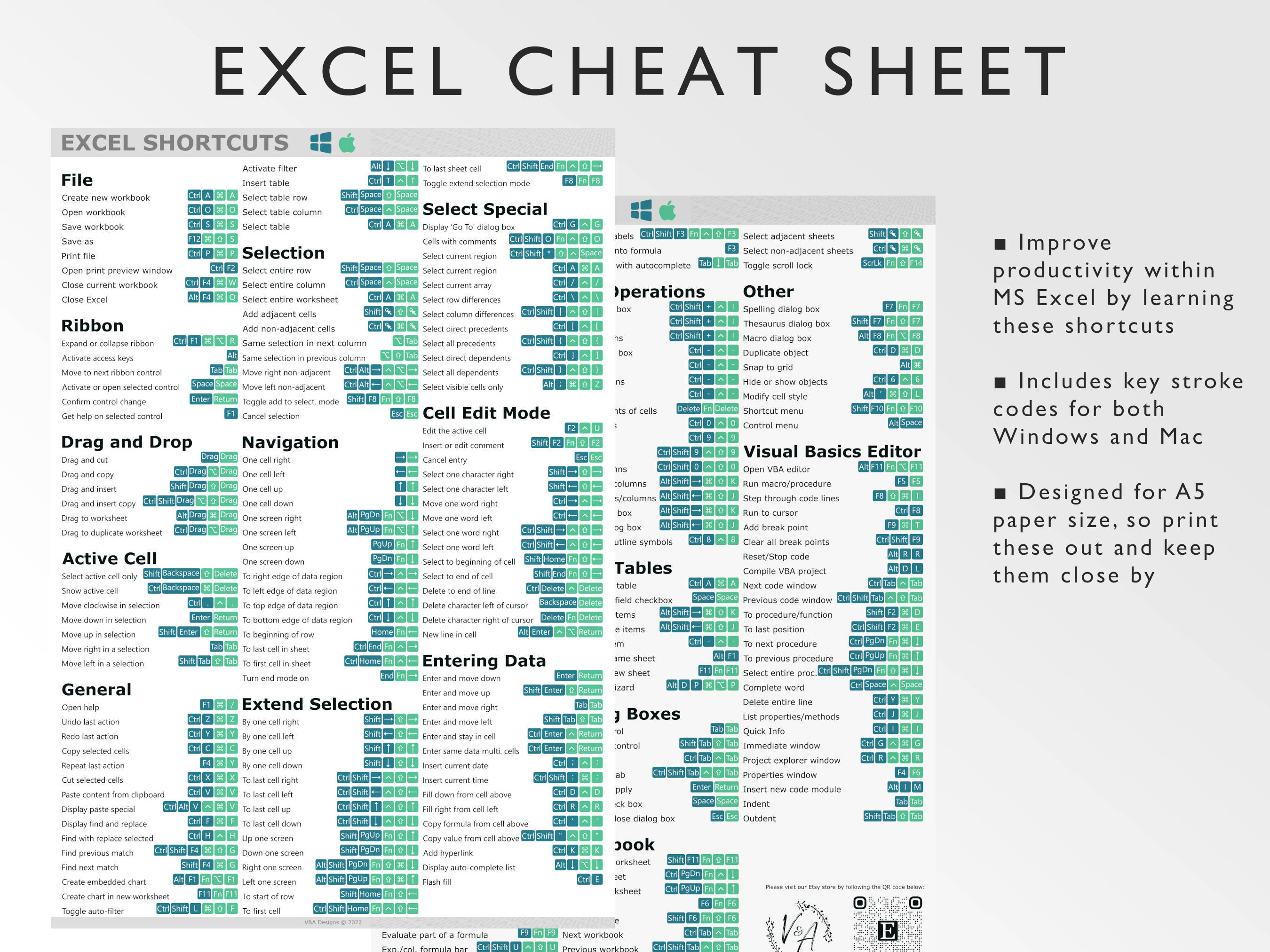Insert Excel Rows with Keyboard Shortcuts Easily

Excel is a powerful tool for organizing and analyzing data, and one common task users perform is inserting new rows into spreadsheets. While there are several methods to accomplish this, using keyboard shortcuts can significantly streamline your workflow, making your work faster and more efficient. In this guide, we'll walk through various keyboard shortcuts you can use to insert rows in Microsoft Excel, ensuring you can handle large datasets with ease.
Why Use Keyboard Shortcuts?

Before diving into the specifics, let’s explore why mastering keyboard shortcuts is beneficial:
- Speed: Keyboard shortcuts reduce the time spent navigating through menus, providing a direct and quick method to perform actions.
- Efficiency: They help you keep your hands on the keyboard, minimizing the disruption of your workflow when dealing with large spreadsheets.
- Ergonomics: Less mouse movement can decrease the risk of repetitive strain injuries.
- Professional Use: In a professional setting, the ability to navigate and manipulate data quickly can demonstrate proficiency and enhance productivity.
Keyboard Shortcuts for Inserting Rows

Insert Entire Row

To insert a new row above the current row:
- Select the entire row or a cell within the row where you want the new row to appear.
- Press Ctrl + Shift + + (plus sign). Note that on a non-English keyboard, the “+” might be on the key with “=”.
Insert Rows with the Ribbon Shortcut

Here’s how to use the Ribbon shortcut:
- Select any cell in the row above which you want to add a new row.
- Press Alt, then hit I followed by R (press the keys quickly one after the other). This sequence corresponds to the Insert menu, and then the Row submenu.
Insert Multiple Rows

To insert several rows at once:
- Select the number of rows you wish to insert. For example, to insert 5 new rows, highlight 5 existing rows.
- Then, use the shortcut Ctrl + Shift + +.
Advanced Techniques for Inserting Rows

Besides the basic shortcuts, here are some advanced techniques to consider:
- VBA Macro: For repetitive tasks, consider writing a VBA macro to insert rows. You can then assign this macro to a custom keyboard shortcut or run it with a script.
- Using Excel Tables: When working with Excel tables, rows can be inserted automatically when you press Tab on the last row of the table, or Enter if you’re at the end of a row.
- Quick Access Toolbar: Add “Insert Row” to your Quick Access Toolbar for a single-click or one-key press solution.
💡 Note: If you need to insert multiple rows frequently, consider using the VBA macro or customizing the Quick Access Toolbar for a streamlined process.
⚠️ Note: When using keyboard shortcuts, be aware of the context and avoid unintended row insertions that could shift your data incorrectly.
Mastering these keyboard shortcuts can significantly enhance your productivity when working with Excel. However, remember that different versions of Excel might have slight variations in shortcut functionality. Always ensure your keyboard layout matches the instructions, especially for non-standard keyboard setups.
Improving your efficiency with these shortcuts not only saves time but also ensures you can focus more on the analysis rather than the mechanics of Excel. By reducing the time spent on data manipulation, you'll have more time to draw insights and make data-driven decisions, making Excel an even more powerful tool for your work.
Can I use these shortcuts in Excel Online?

+
Yes, many of these shortcuts work in Excel Online, although there might be limitations or slight differences due to the web-based interface.
What happens if I accidentally insert too many rows?

+
You can easily delete unwanted rows by selecting them and pressing the delete key or using the “Delete” command from the context menu or Ribbon.
Are there shortcuts for inserting columns as well?

+
Yes, similar shortcuts exist for columns. Use Ctrl + Shift + + after selecting a column to insert a new one to the left, or press Alt, then I followed by C for the Ribbon shortcut.